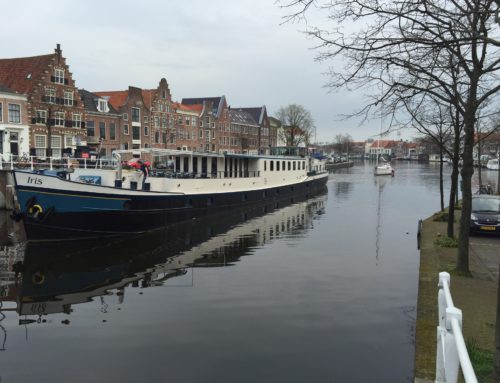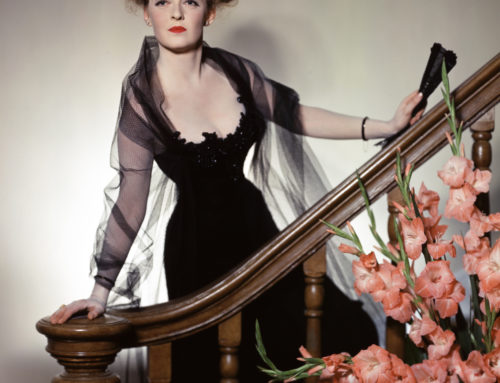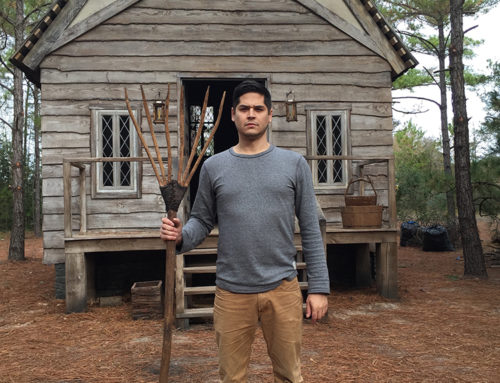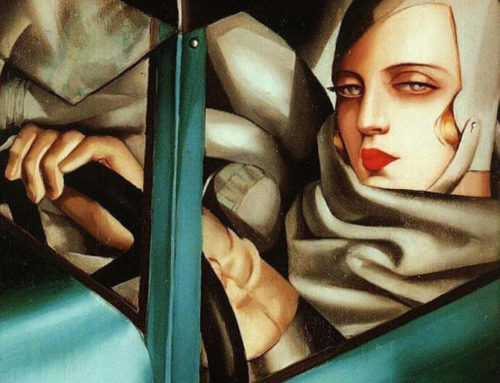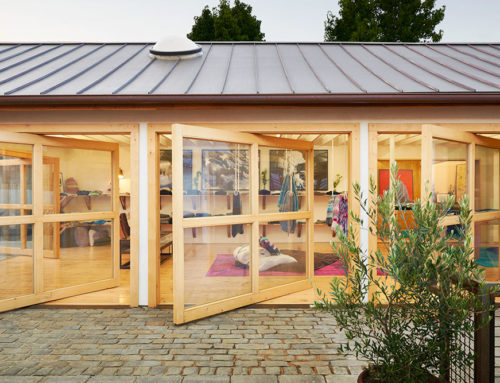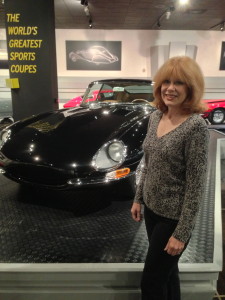 A confession up front: I’m not an auto design expert. Architecture, interior, furniture design? Yes. But not cars.
A confession up front: I’m not an auto design expert. Architecture, interior, furniture design? Yes. But not cars.
Mind you, I’m as dazzled as the next person by design elements such as the tail fins on a ’59 Cadillac, the gull wings on a ’55 Mercedes-Benz, and of course the sleek cat-like design of a ’61 Jaguar XKE.
But if I don’t know the ins and outs of auto design and aerodynamics, I do believe that perhaps more than any other kind of design, automobiles are the most likely to send you down the path of nostalgia, particularly if you were raised in car culture-dominated Southern California. So, in a way, perhaps we are all auto design experts simply because of the visceral reactions we have to these machines.
That became quickly apparent on a recent visit to the Petersen Automotive Museum in mid-Wilshire. Moving from gallery to gallery, memories of my growing-up years in Los Angeles washed over me like a stream of traffic down the 101.
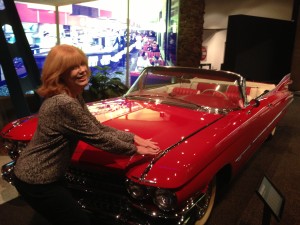 (A quick note: I’ve decided not to weigh in on the controversy over the proposed dramatic architectural overhaul of the museum. Instead I direct you to a piece done by KCRW’s very excellent “DnA.”)
(A quick note: I’ve decided not to weigh in on the controversy over the proposed dramatic architectural overhaul of the museum. Instead I direct you to a piece done by KCRW’s very excellent “DnA.”)
The first memory flashed before me at the museum before I had even seen many cars. In a gallery devoted to auto-related structures such as old gas stations, there loomed one of those kitschy, goofy 1950s-era roadside stands – in this case, a 20-plus-foot pipe-smoking bulldog advertising that it sold ice cream and tamales. I remember it vividly – or at least something very much like it – as a hot dog stand somewhere on Washington Boulevard. My mother had the brilliant idea of dragging my screaming and kicking 5-year-old self into the jaws of this monster. The trauma of that experience was partially responsible for me becoming a vegetarian.
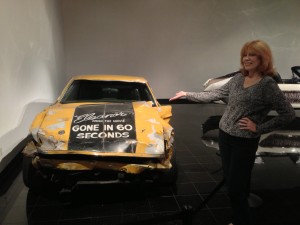 Despite the psychological damage I endured, from a design perspective these structures with their “programmatic exteriors” – including teepees, dinosaurs and giant doughnuts – silly though they may be, are seen as charming throwbacks to the beginning of America’s romance with the automobile.
Despite the psychological damage I endured, from a design perspective these structures with their “programmatic exteriors” – including teepees, dinosaurs and giant doughnuts – silly though they may be, are seen as charming throwbacks to the beginning of America’s romance with the automobile.
Prompting yet another flashback was a display of “woodies,” wood-paneled vehicles like the 1951 Ford Country Squire that became emblematic of the Southern California surfing lifestyle. But alas, I was to be kept away from the beach by my mother who didn’t want her red-haired, fair-skinned daughter damaged by the sun. That meant I had to find solace in listening to the Beach Boys’ “Surfer Girl” rather than actually be one. But as an adult, I’m thankful for my mother’s protectiveness of my skin.
As I moved on to more exhibits, I found myself musing on the cars in our family as I was growing up. My mother was enamored with Cadillacs and would purchase one every three years, including a ’63 model we called the “Purple People Eater.”
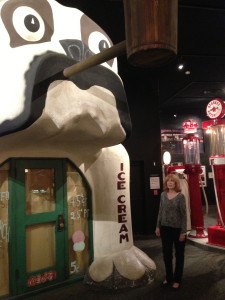 I learned how to drive in 1971 in my brother’s souped-up ’68 Super Sport Camaro and my Dad’s Chevy Econoline van. Being comfortable from an early age maneuvering an oversized vehicle has proven handy throughout my life – for example, driving a van full of tour participants down the FDR Parkway as if I was a native New Yorker, devil’s horns and all. And those lessons in the Camaro – well, let’s just say that those who have ever driven with me will understand.
I learned how to drive in 1971 in my brother’s souped-up ’68 Super Sport Camaro and my Dad’s Chevy Econoline van. Being comfortable from an early age maneuvering an oversized vehicle has proven handy throughout my life – for example, driving a van full of tour participants down the FDR Parkway as if I was a native New Yorker, devil’s horns and all. And those lessons in the Camaro – well, let’s just say that those who have ever driven with me will understand.
In the Hollywood section of the museum, which features vehicles that have been “stars” in various movies, it was a kick to come across the wreck of a ’74 Ford Mustang named Eleanor from the 1974 flick “Gone in 60 Seconds.” (“The most hair raising chase scene ever filmed!” trumpeted Car Craft Magazine.)
Though I didn’t seethe movie at the time it was released, years later one of my students told me about it, and I suddenly liked my name, which I had never been fond of, a little better. (That, and knowing that queens shared my name.)
I was most keen to check out the luxury autos of past eras, particularly Art Deco, one of my favorite periods from a design perspective. I was disappointed there were no Bugattis or Aston Martins from the ’20s and ‘30s, but was quite taken with an Art Deco greyhound hood ornament on a luxury 1931 Lincoln Razor Edge Brougham Town Car.
And I reveled in the classic elegance and beautiful design of a black 1955 Mercedes-Benz 300SL “Gullwing” Coupe and a 1960s-era Jaguar sports car.
There are changes afoot at Petersen, both exterior and interior, including more immersive displays and experiential exhibits like one that will create for viewers a sense of what it’s like to drive at over 200 mph. These changes could make a fun museum, so quintessentially L.A., an even more engaging place to visit, whether you’re a design lover or not.
Go. Enjoy your own memories built around these machines, many beautifully designed, that, for most of us, are as embedded in our DNA as the houses we grew up in.
Eleanor Schrader is an award winning architectural and interior design historian, professor and consultant who lectures worldwide on the history of architecture, interiors, furniture, and decorative arts. Follow her on Facebook and Twitter.



